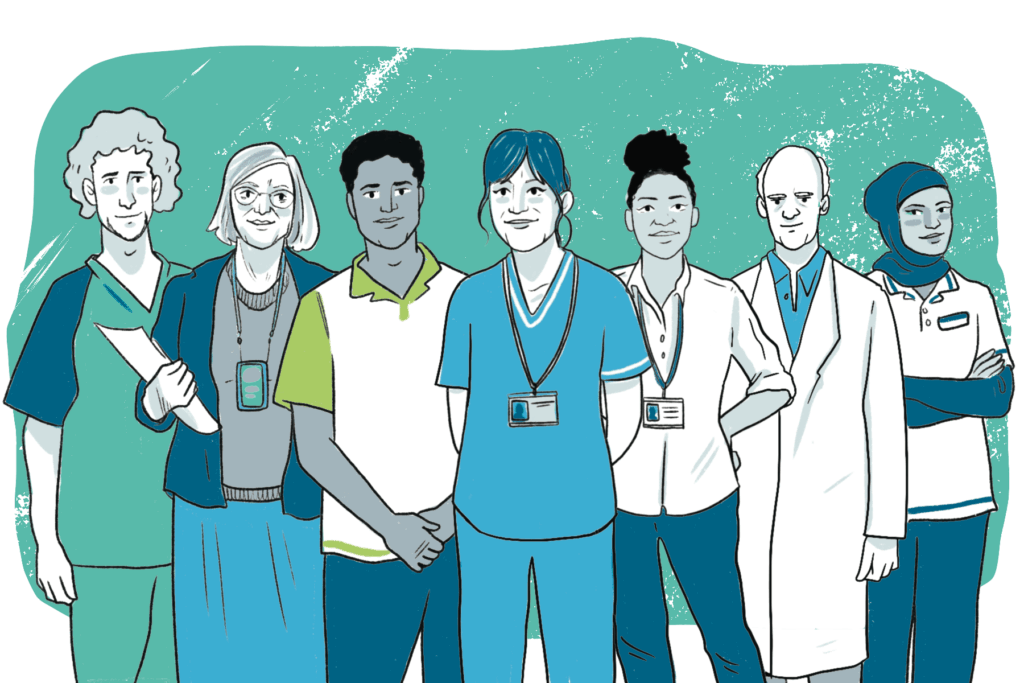“I read the news today, oh boy”
In the old days of print publishing, this would have involved the journal publisher commissioning surveys to estimate readers, which sections of the publication they read and even which sections of each page caught the most attention. In today’s online world, this insight is much simpler thanks to Google Analytics.
With just a few clicks, we can see that in the year since launch the journal has accrued a total of 13,462 page views (3,636 sessions) by 2,346 users, which frankly is pretty amazing. One third (35%) of those sessions were by returning visitors. The average session duration is just a shade over 3 minutes. Our bounce rate (sessions in which the person left your website from the entrance page without interacting with the page) is 51%, which is apparently better than the industry average.
Google can even show us data for individual days, so we know that the journal logins peaked at 63 on 9 February 2015, two days before the EAHAD 2015 conference opened.
Even though the majority of our readers are still in the UK, we are becoming a truly international journal: the site has been accessed by readers in 90 countries and on every continent. This is important as we believe that knowledge and experience should be shared in order to benefit patients.
Let’s deal with the open-access issue. The Budapest Open Access Initiative defined open access as: “free availability on the public internet, permitting any users to read, download, copy, distribute, print, search, or link to the full texts of these articles, crawl them for indexing, pass them as data to software, or use them for any other lawful purpose, without financial, legal, or technical barriers other than those inseparable from gaining access to the internet itself.”
We ask for a one-off registration before you can download JHP articles. So, in fact, we might be more accurately providing free online access to our articles. The reason we do this is so we can track which articles get read most and by whom. (If, for instance, we were only read by people within the pharmaceutical industry then we might consider charging for downloads.)
So which articles have been downloaded the most? There may, of course, be some bias in favour of the earliest published articles. Nevertheless, the accolade goes to Allison Greig, clinical nurse specialist at St George’s Hospital, London, for her article “How specialist nurse-led care can help to lower the costs of prophylaxis.” This might give an indication of the kind of pressure that NHS haemophilia services are currently facing! In terms of download numbers, Allison’s article is closely followed by the UK HNA’s core competency framework for haemophilia nurses.
After ruling out any form of advertising, we thought initially to fund the journal on a partial pay-to-publish model, charging companies to publish material in the hope that this would allow us to cover the costs of publishing material not funded by the industry. However, we simply don’t have the capacity to undertake this continual selling approach.
So instead we approached all of the companies active in haemophilia/bleeding disorders and invited them to support the journal in a non-promotional manner. We are very pleased to say that Sobi, Octapharma, Pfizer, and Grifols have all understood our mission. Each company has made a generous charitable donation to cover the overheads associated with running (and further developing) our website, editing and producing finished articles, and promoting the journal and what it is about (largely through social media and at international meetings). This support carries only one privilege. We have said that if the company has supported any piece of work that is submitted to JHP and is accepted by our editorial board, then we would not charge for publication. Similar material from non-supporting companies would incur a publication fee. The key point, however, is that nothing is published unless our editorial reviewers feel it is of sufficient quality to benefit to practising clinicians.
So overall it has been a good start to what we hope will be a long life for our new venture. But there remain many challenges ahead. The fact that we now have some funding means we can improve our website, for instance by adding in search function. We have recently signed up to the CrossRef scheme, and at some stage in the next year or so we hope to secure MedLine listing. But perhaps the biggest challenge is to encourage more haemophilia professionals to write and submit their work to JHP. Those healthcare professionals in haemophilia who do publish are often guided by research assessment exercises and Impact factors. We hope to include the many healthcare professionals who simply never publish, despite having real-life experience of clinical practice that is worth sharing.
Onward.
Mike Holland is medical writer and the founder of Haemnet, Sixvibe and The Journal of Haemophilia Practice


